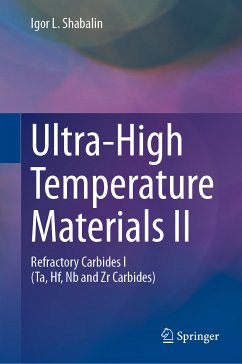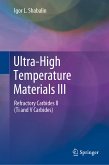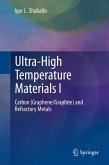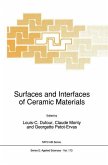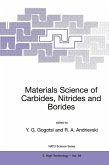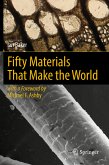This exhaustive work in three volumes and over 1300 pages provides a thorough treatment of ultra-high temperature materials with melting points over 2500 °C. The first volume focuses on Carbon and Refractory Metals, whilst the second and third are dedicated solely to Refractory compounds and the third to Refractory Alloys and Composites respectively. Topics included are physical (crystallographic, thermodynamic, thermo physical, electrical, optical, physico-mechanical, nuclear) and chemical (solid-state diffusion, interaction with chemical elements and compounds, interaction with gases, vapours and aqueous solutions) properties of the individual physico-chemical phases of carbon (graphite/graphene), refractory metals (W, Re, Os, Ta, Mo, Nb, Ir) and compounds (oxides, nitrides, carbides, borides, silicides) with melting points in this range. It will be of interest to researchers, engineers, postgraduate, graduate and undergraduate students alike. The reader is provided with the full qualitative and quantitative assessment for the materials, which could be applied in various engineering devices and environmental conditions at ultra-high temperatures, on the basis of the latest updates in the field of physics, chemistry, materials science and engineering.
Dieser Download kann aus rechtlichen Gründen nur mit Rechnungsadresse in A, B, BG, CY, CZ, D, DK, EW, E, FIN, F, GR, HR, H, IRL, I, LT, L, LR, M, NL, PL, P, R, S, SLO, SK ausgeliefert werden.

